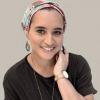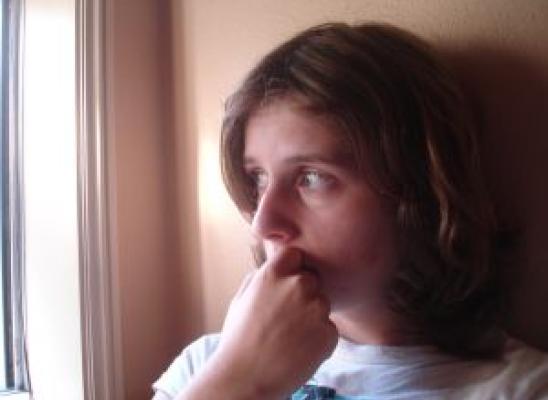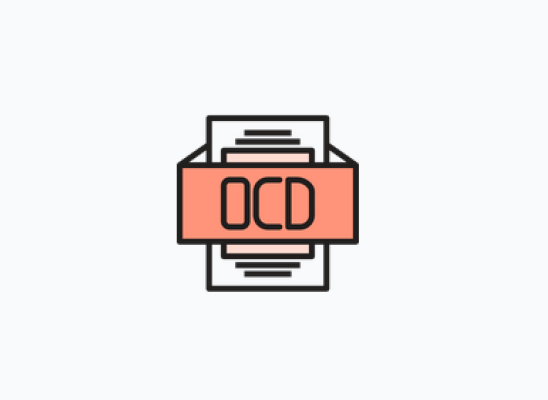Sensory Processing Disorder and Trichotillomania

Online test
Find out the severity of your symptoms with this free online test
In 2002 Dr Fred Penzel wrote an article for the TLC (Trichotillomania Learning Center) in which he reflected on the advancement of knowledge we have about trichotillomania since the early nineties. In this article Dr Penzel describes TTM as a very complex disorder and outlined his own theory of the link between the body’s sensory regulation system and compulsive hair pulling, coining the term Stimulus Regulation (SR) Model of Trichotillomania (TTM). The basis of this model is the theory that people engage in hair pulling in response to a sensory need that the act of hair pulling satisfies. In fact, the concept of sensory seeking behavior is not new. In 1972 occupational therapist Jean Ayres defined the term sensory integration as "the neurological process that organizes sensation from one's own body and from the environment and makes it possible to use the body effectively within the environment". When a person has difficulty with any aspect of that process, it is classified as a sensory processing disorder or SPD. Coincidentally the same initialism is used for another BFRB informally known as skin picking disorder.
The role of sensory modulation disorder in trich
There are three subtypes of SPD, namely sensory modulation disorder, sensory-based motor disorders and sensory discrimination disorder. In sensory-based motor disorders disorganized processing results in problems with balance, motor planning, coordination, postural control and/or endurance. As the name suggests, sensory discrimination disorder is when the individual struggles to make sense of the sensory input they are receiving. It may take them longer than average to determine exactly what they’re looking at, hearing, or feeling. Sensory modulation disorder describes a group of individuals who struggle to process and regulate the sensory input they receive in terms of intensity, frequency duration, complexity, and novelty. This particular subtype of SPD is further divided into another 3 subtypes:
- Sensory over-responsivity
- Sensory under-responsivity
- Sensory craving/seeking
Over-responsivity is when the individual experiences a heightened sensory input, regardless of the level of sensory stimulation received, which results in stress to the body. This can then compel the individual, without even being aware, to seek sensory inputs to counter this effect on the body, known as sensory soothing behaviors. Conversely, sensory under-responsivity is the when the individual experiences a dampened sensory input, leading to sensory seeking behaviors. In seeking sensory stimulation, people tend to go to the sites where there are many nerve endings. Hands, feet, mouth and the scalp are common places. It would thus stand to reason that hair pulling, skin picking, nail biting, cheek biting, nose picking, be targets for sensory seeking behaviors. Touching, stroking tugging and pulling at the hairs provides tactile stimulation, while chewing or sliding hair through the teeth provides oral stimulation. This all ties in with Dr Penzel’s Stimulus Regulation Model for TTM, which suggests pulling might be an external attempt by an individual to an internal state of sensory imbalance.
Implications for treatment
Although there is a very likely link between SPD and trichotillomania, research and scientific evidence into this connection is limited. It is also important to make the distinction that trichotillomania is not a sensory processing disorder, but rather that the presence of a sensory processing disorder may precipitate the onset of trich. As Dr Penzel reminds us, trichotillomania is a complex disorder, requiring a multifaceted approach to treatment. Research suggests that there are wide differences in the way individuals experienced the condition so there is not one treatment fits all recipe. Dr Penzel recommendation is to use the Dr. Masuetos comprehensive treatment approach, which looks addresses biological, behavioral, and cognitive needs of each patient to build recovery plans that they can maintain. The first step is to identify whether the individual is seeking stimulation or sensory soothing and in response to what stimuli. This will enable the person to pre-empt these situations so that they may find ways to block or replace hair pulling with less destructive sources of stimulation or self-soothing. It is recommended that further research be conducted in to the link between sensory processing disorder and trichotillomania, and an investigation into the potential role of sensory integration occupational therapy in the treatment of these disorder.
Online test
Find out the severity of your symptoms with this free online test
Start your journey with TrichStop
Take control of your life and find freedom from hair pulling through professional therapy and evidence-based behavioral techniques.
Start Now



